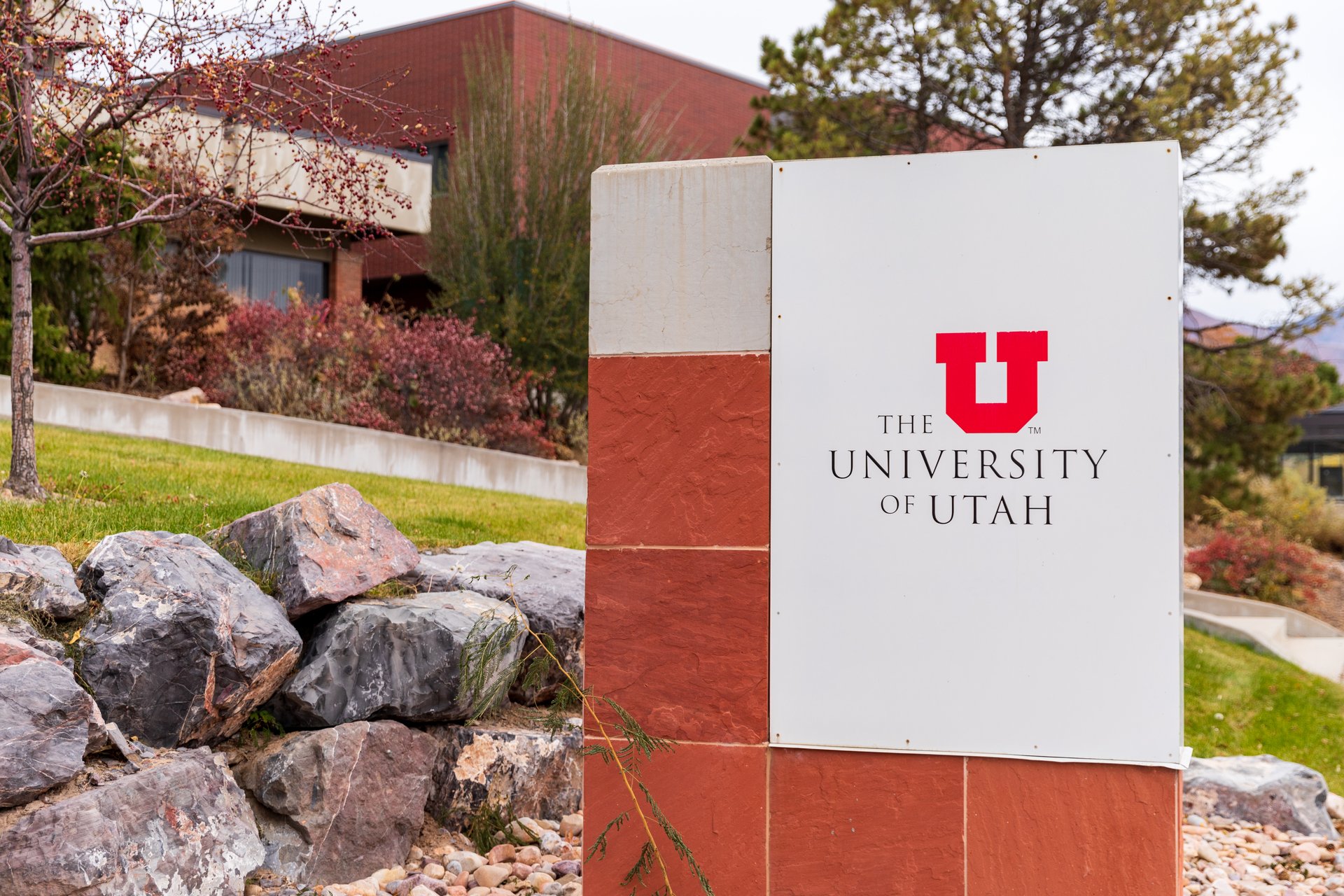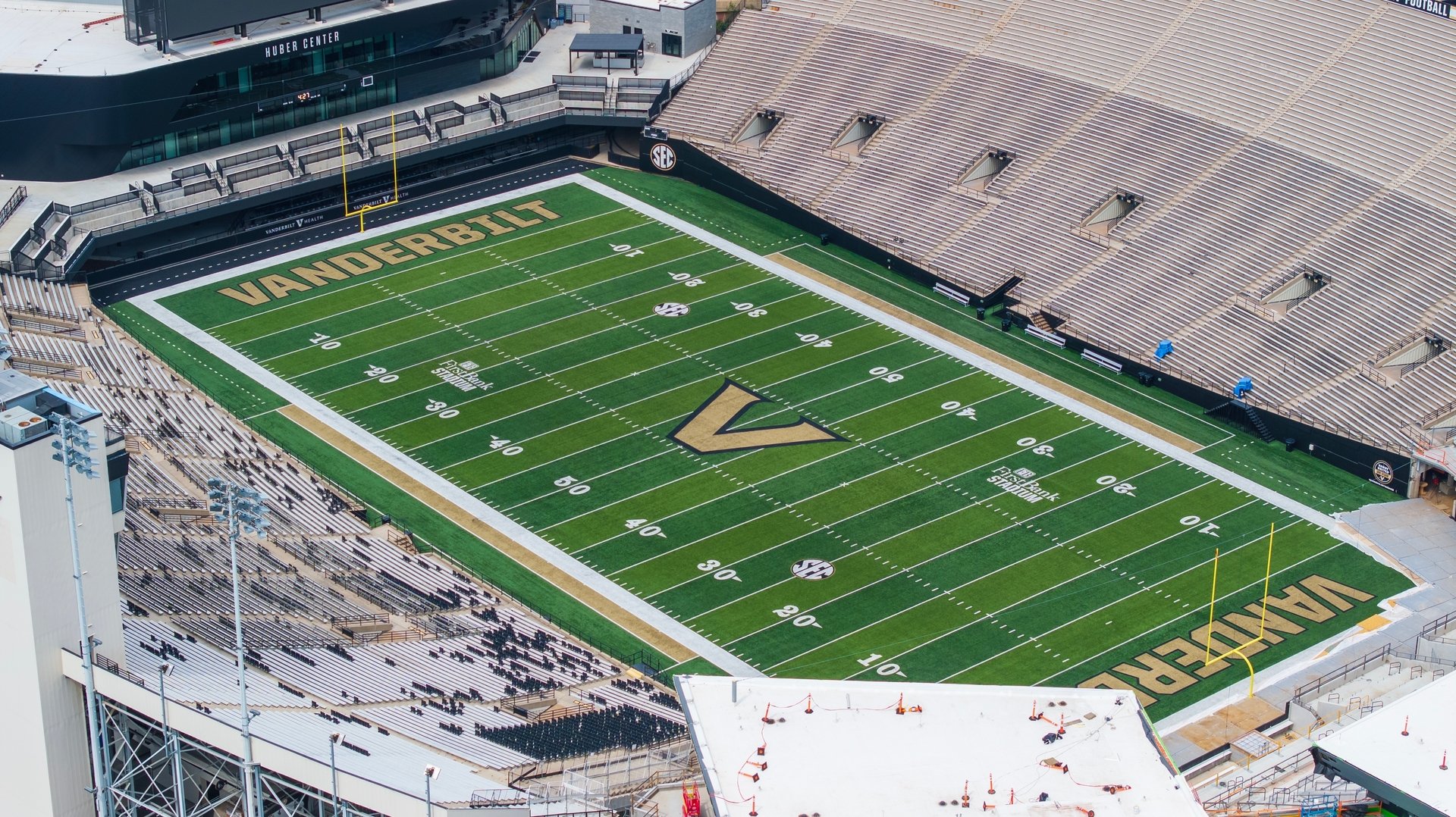Good morning, and thanks for your continued support of Extra Points.
I’ve seen a few commentators suggest that Ohio State “bought” the 2024 National Championship…or that, at least, Ohio State’s $20 million NIL “payroll”, was a major reason for the team’s success.
I don’t think that’s the full story. On Wednesday, I wrote a column for Front Office Sports arguing that how Ohio State spent that money, and what else they had besides money, were more important than whatever the topline budget number was.
The tl;dr of that column was that Ohio State’s strategy of building primarily via high school recruits only worked because of Ohio State’s strong team culture and leadership, and because they added the exact supplemental pieces via the transfer portal. There’s not much “dead money” on Ohio State’s team.
But the more that I think about it, the more I think there’s even more to the story.
What I’d like to offer here is a theory, rather than a fully fleshed out, data-informed law. Without public NIL data, it’s difficult to write as confidently and conclusively as we could about, say, the Blue-Chip Ratio. But I hope that perhaps this could be the start of a broader conversation that can be fleshed out further as we get more data in the post-NIL world.
Beyond basic axioms like “recruit a bunch of the best players you possibly can” or “raise enough NIL to at least be in the conversation compared to your peers”, here are a few other rules that I suspect will be aligned with future championship teams.
Just like in college basketball, you want to get old and stay old
Other than Caleb Downs, do you know what every single starter on Ohio State’s defense had in common?
They were upperclassmen with significant previous experience.
All four of Ohio State’s main defensive linemen were seniors. So were most of the defensive backs and linebackers. Downs, a Sophomore, was a first-team All-American talent and the lone 2024 transfer to play significant defensive snaps. Everybody else had played a lot of college football before.
In college basketball, where the biggest recruits tend to pursue professional opportunities after one or two years of college, coaches try to build teams of experienced role players around high profile freshmen. The squads full of “one and dones” may win a lot of regular season games, but in recent memory, they’ve typically failed to win championships. Experience, chemistry and refined skill can beat raw talent.
In a world where college football rosters are becoming more transient than ever, I suspect that chemistry and meaningful experience will matter ever more. That chemistry comes from playing lots of snaps and developing a mastery of a particular system or skillset. When you transfer every single year, that gets harder to do.
Michigan’s 2023 championship team was largely constructed the same way. While it did include meaningful contributions from transfer players, the bulk of the starting roster consisted of guys who had played a ton of college football…and most of it together. One could also argue Indiana’s roster development strategy, which was much more dependent on the portal, followed similar principles. The 2024 Indiana football team had a lot of older, experienced players.
Winning a championship in the expanded playoff era will require a 16, maybe even 17, game season. My bet is that it will be teams that are senior-heavy who will be better equipped to handle the physical and emotional load of that much football.
Go ahead and grab a transfer QB. Everybody else is.
Ohio State wasn’t the only team relying on a transfer quarterback in the Playoff. Notre Dame, Texas, Oregon, Arizona State and Indiana also started quarterbacks who played for a different program. My guess is that close to half of the teams in next year’s 12-team playoff will also be led by transfer QBs.
There are two main reasons for this, I think. You can really only play one quarterback at a time, and in an era of nearly unlimited player mobility, there’s little reason for most elite QBs to stick around if they aren’t starting by their second year. This isn’t a position group where most programs can “stack” elite talent.
Plus, while recruiting rankings are highly predictive on the aggregate, QB projections remain a deeply imprecise science. Every year, five-star recruits will bomb, and mid-three star (or lower) players will become elite college players. How successful a QB performs isn’t just because of his raw physical skills, but also his fit with coaches, scheme, the rest of the roster, and much more.
Basically, I think this means that there’s a pretty good chance that even if you sign a four-star QB most years…the guys that stick around might not be good enough. I personally don’t think it’s smart to commit a lot of guaranteed money to any high school QB unless you are absolutely, superduper, positively certain he’s going to be awesome. Better to wait until he proves that he’s a P4 caliber starter, if possible.
But not all positions can be portaled the same way
This is just my theory. It’s possible that data or the testimony of superior Ball Knowers will prove me wrong.
But I do not think talent is equally distributed across all position groups in a typical transfer portal year…or that each position group can be as easily staffed with newcomers.
Beyond quarterbacks, the type of players you see hit the portal without an obvious destination worked out ahead of time, in my observation, tend to fall into one of the following groups:
Highly recruited player who was unable to crack the rotation at his original program. That means he’s got great physical measurables and high school film, but now at least some data to indicate he wasn’t ready to be a high-level college player.
Productive player who is leaving due to coaching change/schematic fit
Highly productive player at the FCS/G5 level who is seeking to play “up” a level
Player who was “processed” by his previous school and more or less put into the portal against his will
Player who had grades/discipline/money/personality problems at previous stop
To me, I think this is essentially shopping at the ol’ Scratch and Dent sale for college football talent. If you evaluate correctly, you can sign an outstanding football player and give your roster a jolt of experience. But if you miss on that evaluation, you’ll understand why that player hit the portal in the first place.
My working theory is that position groups that are highly technical in nature and/or require high levels of chemistry between teammates, like offensive and defensive line, are going to be harder to staff at scale via transfers. You want those players to have lots of experience playing with each other.
If that’s true, it will be easier for schools to plug holes at the skill positions, defensive backfield and specialists with transfers than it will for linemen.
And on that note,
Teams with superior portal evaluation systems will have a major advantage. One way to do that? Recruit transfers you recruited as high schoolers.
When programs recruit high school talent, they often begin the process years before the athlete completes high school eligibility. There’s time to meet the prospect, meet his parents, high school coach, watch his film, and get information from lots of sources to try and predict if he would be successful at your program.
Is this system perfect? Lol of course not, we’re talking about teenagers. But it does allow enough time to get plenty of data.
Recruiting via the transfer portal is…not like that. Both sides will need to make decisions very quickly, often without school visits, multiple interviews, or deeper personality evaluations. These conversations are often more transactional in nature. What's the playing time, what's the NIL package like, etc.
Making major decisions without enough data is a great way to make bad decisions. But one thing that might help is for programs to especially target portal guys they’ve already spent years recruiting.
Here’s Ohio State’s Logan Hittle, the school’s associate AD for NIL:
Caleb Downs, for example, nearly committed to Ohio State out of high school. He already knew and had relationships with many of the coaches. He wasn’t an unknown quantity to Ohio State.
Assistant coaches move all the time, so perhaps this will be difficult to track over the coming years. But anything a school can do to give themselves a teensy bit of an edge in portal recruiting will likely pay off down the road.
At the end of the day, if you want to win a title, you’re going to need lots and lots of elite players. There’s no way around that, which means being able to compensate those athletes is part of the deal.
But Ohio State wasn’t the only college football team to have a lot of money to pay college athletes. Plenty of college teams spent more than $10 million on NIL and weren’t anywhere close to the Playoffs.
Championships also require elite team culture, elite athlete leadership, elite coaching…and yes, usually a whole lot of luck.
My bet is that over the next few years, teams that make deep playoff runs will have lots in common with these last two championship teams…they’ll be very experienced, the bulk of their lines will have multiple years experience playing with their teammates, and they supplement their rosters with strategic portal additions.
You don’t need $20 million to make that happen. You just need enough.
I’d love to hear your thoughts, though. As you all know…I can read a spreadsheet and make a phone call, but I’d never lie to you and pretend to be a perfect Ball Knower.

















